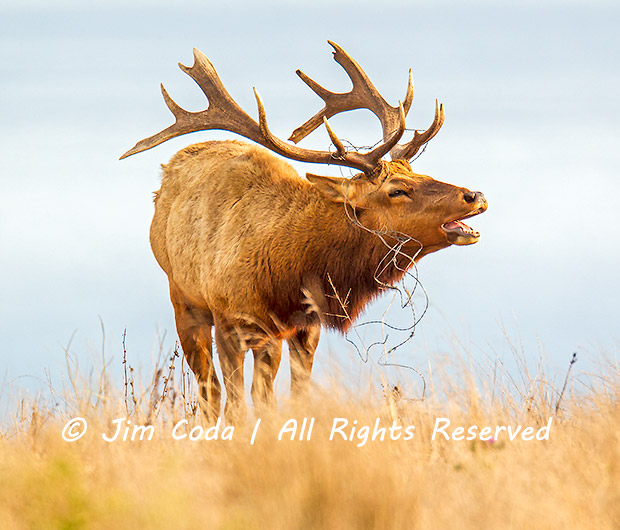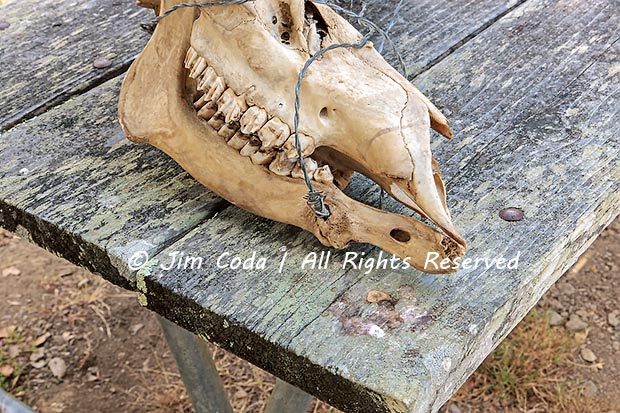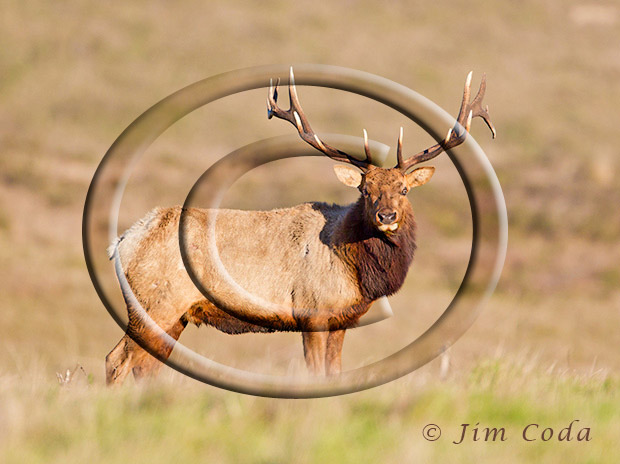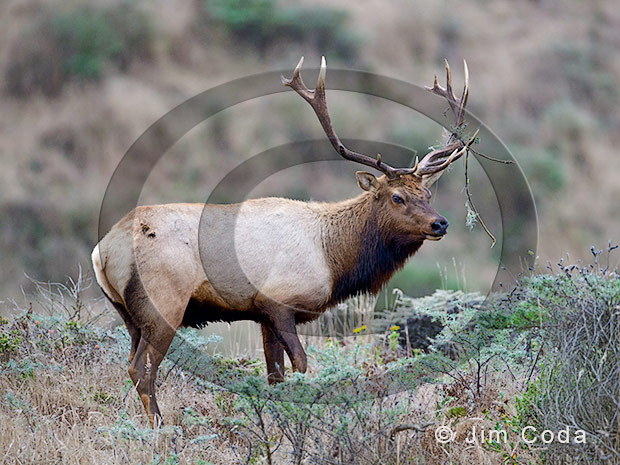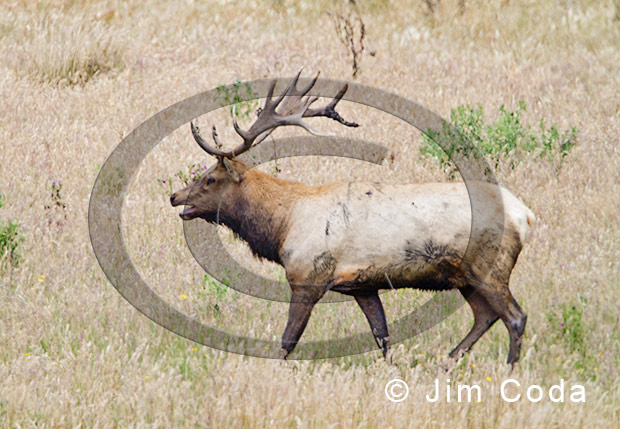Bull Tule Elk; Point Reyes National Seashore

Bull Elk Lying in an Early-Growth Silage Field
Some ranchers who lease ranch lands from the National Park Service at Point Reyes National Seashore are allowed to grow non-native plants to feed to their cattle. The plants are mowed when still green in late April and May. Aside from the fact that this silage growing involves the annual introduction of non-native plants into the national seashore, some ground-nesting and near-ground nesting birds and their nestlings are chopped up during mowing. Also, female deer give birth to and hide their fawns in silage fields. The fawns are also chopped up during mowing. Why the Park Service supports ranching on NPS-owned lands involving over 5,500 cows, let alone silage growing with its annual killing of wildlife, is beyond me.
